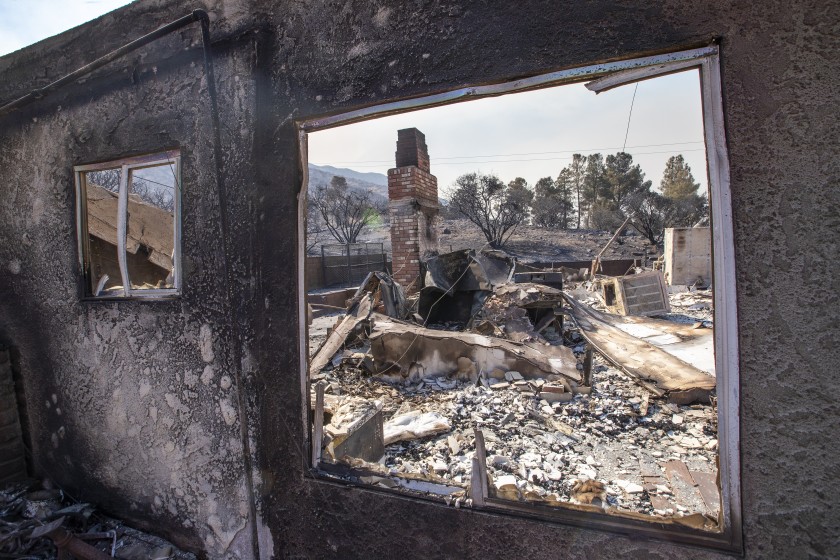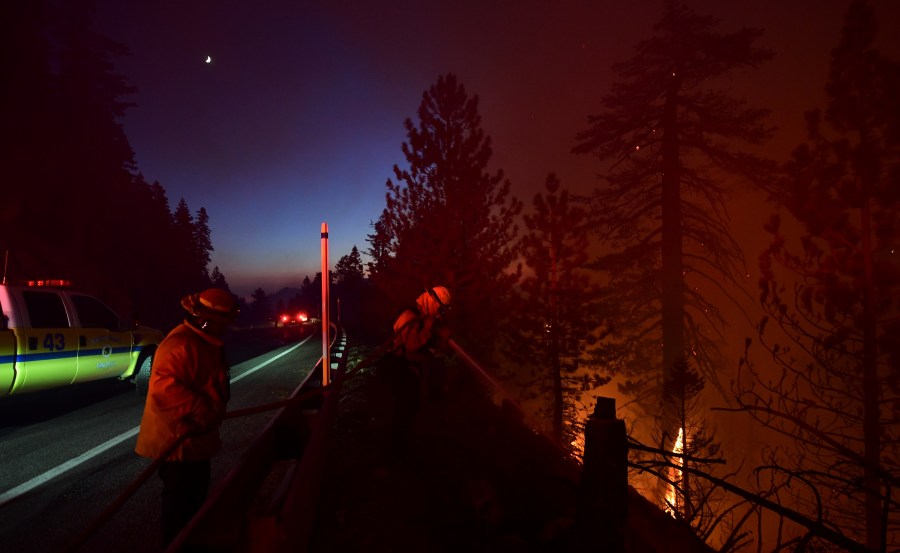A federal lawsuit was filed against Southern California Edison on Friday for allegedly causing the devastating Bobcat Fire in 2020, which burned over 114,000 acres in Los Angeles County.
The lawsuit alleges that SCE and Utility Tree Service failed to “properly maintain trees that came into contact with power lines” which caused the blaze.
“The contact resulted in ignition of vegetation on a branch, which fell to the ground and spread,” the suit states.
According to the complaint, the U.S. Forest Service spent over $56 million to battle the fire, and incurred property and natural resource damages of over $65 million.
The Bobcat Fire first ignited on Sept. 6, 2020, and quickly erupted, burning over 114,577 acres over a two-and-a-half month span. The blaze became one of L.A. County’s largest and most devastating fires on record.
The flames ultimately destroyed 171 structures and 178 vehicles, damaged 47 structures, threatened 6,235 structures, and forced widespread evacuations, court documents said.
Nearly 100,000 acres of scorched land were located in the Angeles National Forest. Almost three years later, more than 100 miles of trails and numerous campgrounds still remain closed to the public, officials said.
“The fire effects have been, and will be, detrimental to habitats and wildlife, including the federally endangered wildlife-mountain yellow-legged frog and other federally threatened fish and birds,” court documents said. “The fire also damaged and destroyed irreplaceable cultural and heritage resources.”
Although no specified amount of damages was determined, the U.S. Attorney’s Office said the funds sought would be used to recover costs spent battling the fire along with rehabilitation efforts of scorched forest lands.

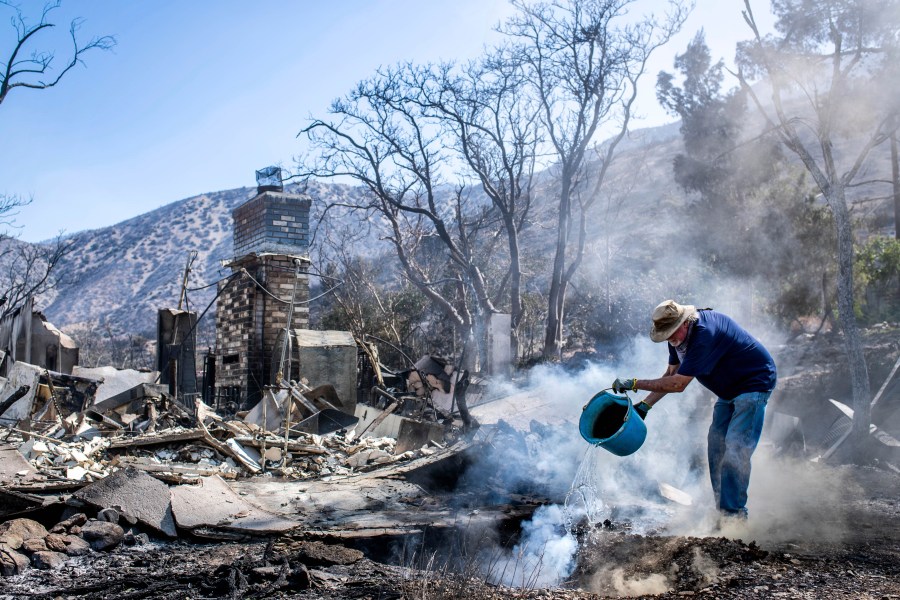
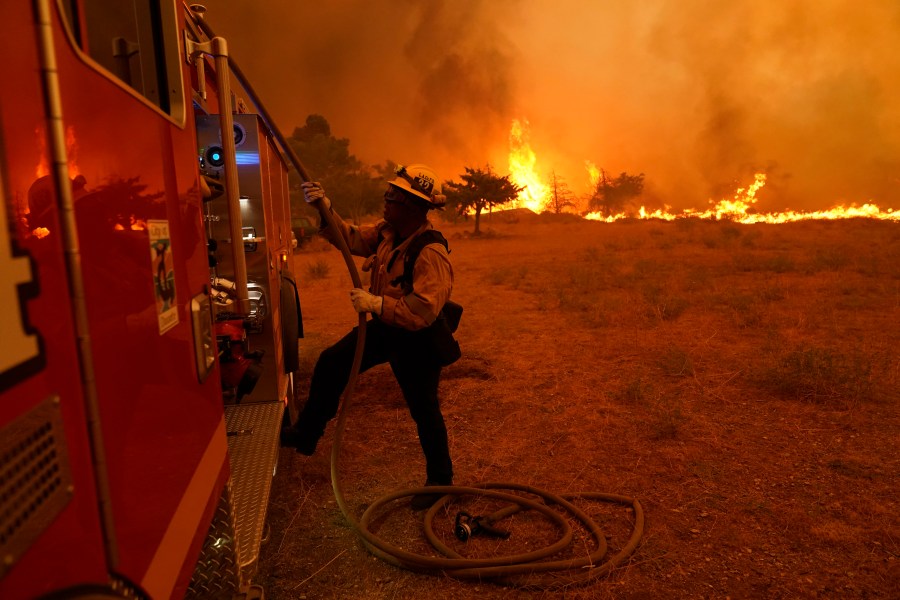

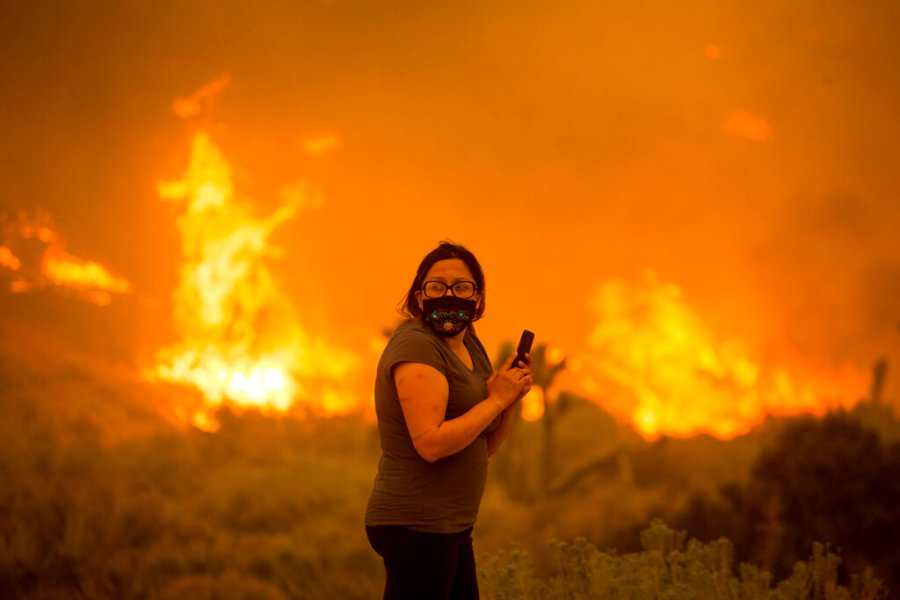
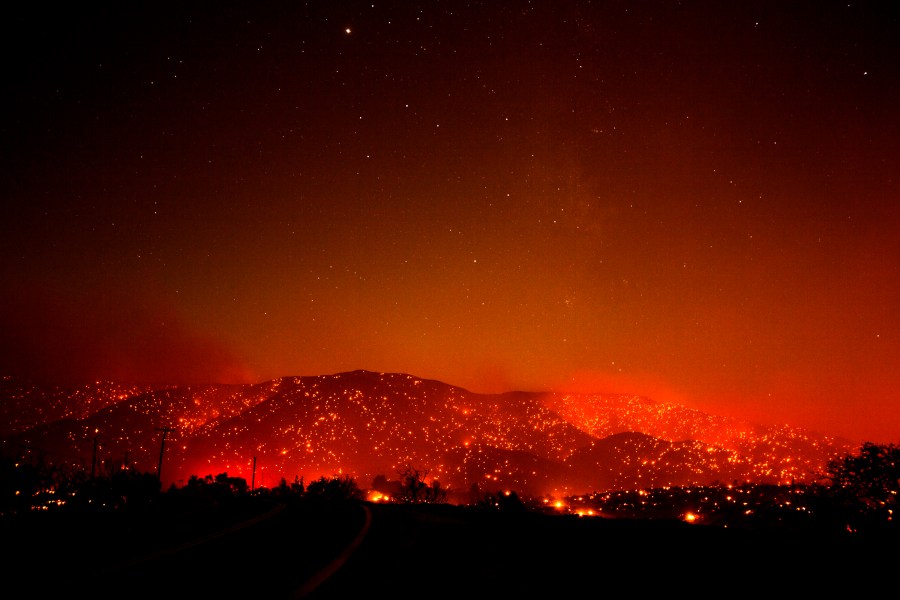
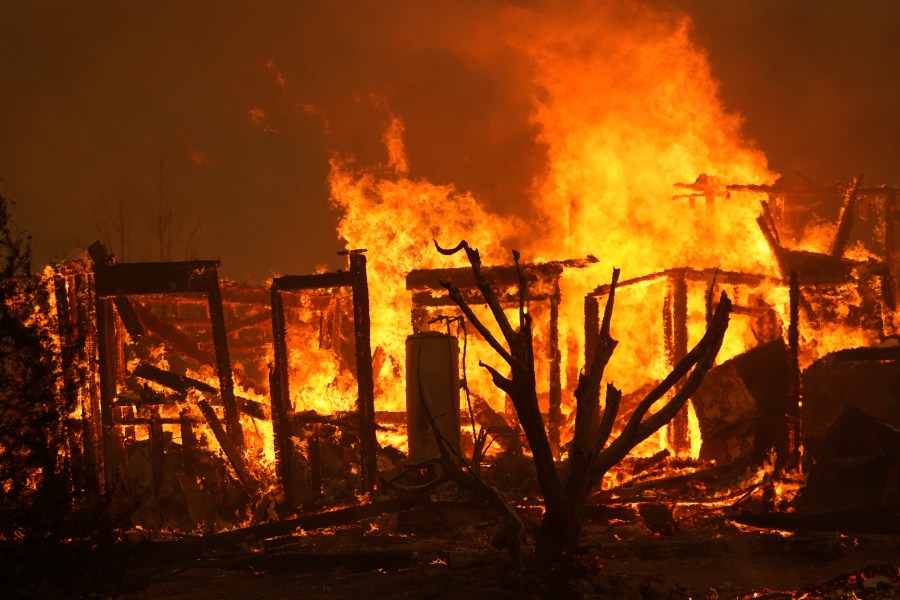
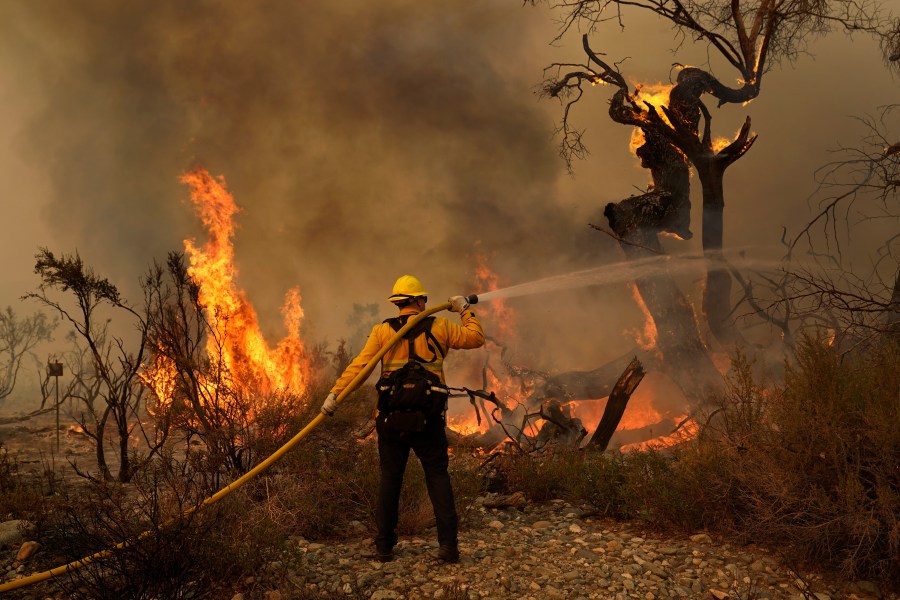
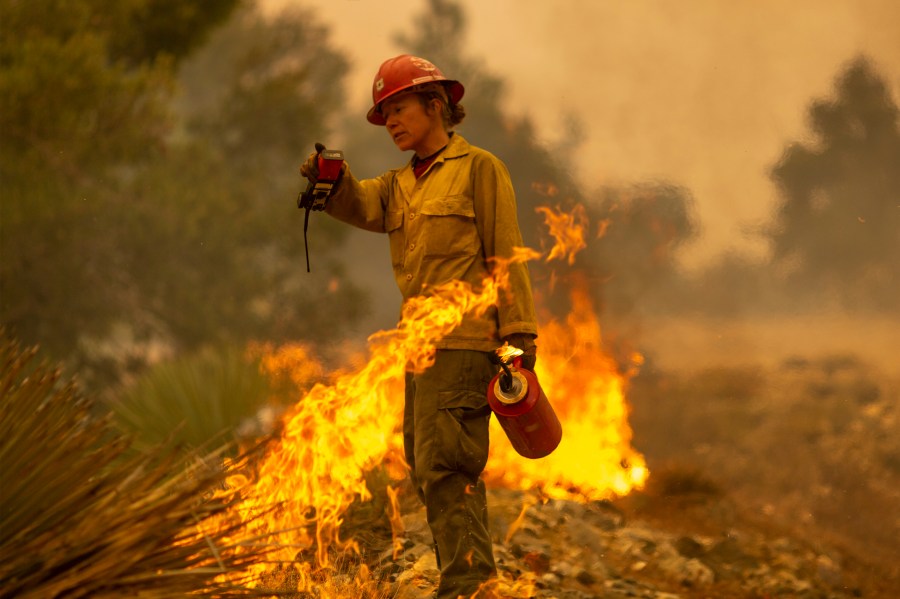


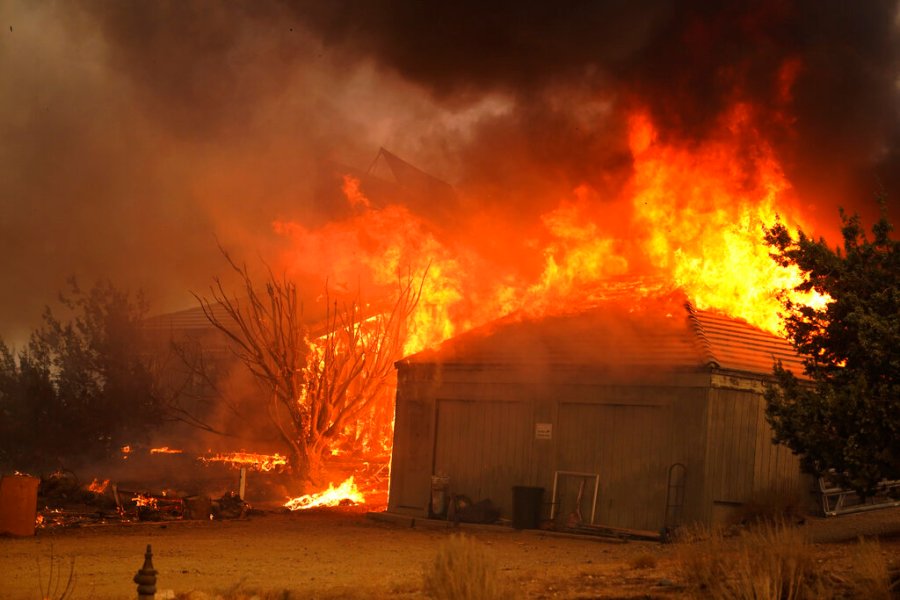

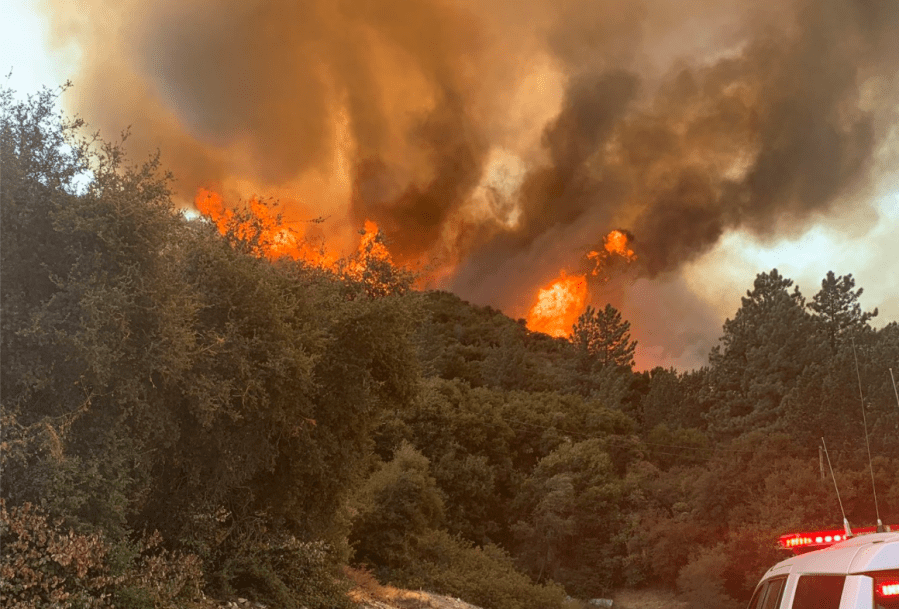
![“The broad confluence of factors that you got there in California — the Meditteranean climate, the [dead trees] in the Sierra and then over 2 million properties at risk — shouldn’t be a surprise,” Harbour said. “It’s trite to say ... this isn’t the worst of it.” This photo shows a home in Juniper Hills that was destroyed by the Bobcat Fire.(Allen J. Schaben / Los Angeles Times)](https://digital-staging.ktla.com/wp-content/uploads/sites/4/2020/09/ca-times.brightspotcdn-10.jpg?w=840)
